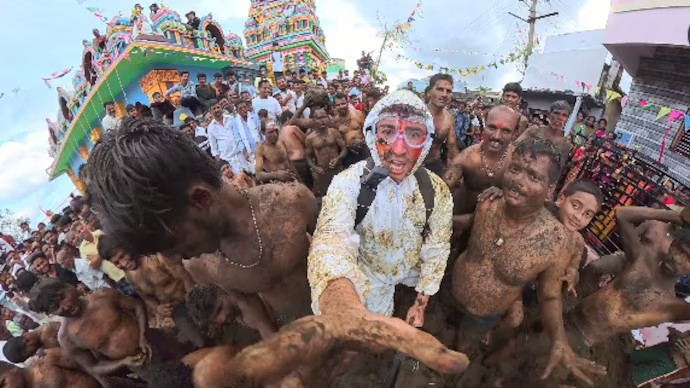Now Reading: Sleep Paralysis Explained: Understanding the Nighttime Phenomenon
-
01
Sleep Paralysis Explained: Understanding the Nighttime Phenomenon
Sleep Paralysis Explained: Understanding the Nighttime Phenomenon

Sleep paralysis is a startling experience where a person feels awake but unable to move or speak, often accompanied by a sense of pressure or fear. Many people in India, including Tier-2 cities, have experienced it at least once, yet myths and misconceptions surround the condition. Understanding what causes sleep paralysis and how to manage it can help reduce anxiety and improve sleep quality.
What Sleep Paralysis Is
Sleep paralysis occurs when the brain awakens from REM sleep but the body remains temporarily immobile. This mismatch creates a feeling of being conscious yet unable to move, speak, or react. Episodes can last from a few seconds to a couple of minutes and may include vivid hallucinations or sensations of pressure.
Common Triggers
Sleep paralysis is often triggered by irregular sleep schedules, sleep deprivation, stress, or sleeping on the back. People with disrupted sleep patterns due to work, studies, or household responsibilities in Tier-2 cities may be more prone. Maintaining consistent sleep routines reduces the likelihood of episodes.
Debunking Myths
Cultural myths sometimes attribute sleep paralysis to supernatural causes or spiritual attacks. In reality, it is a neurological phenomenon with no inherent danger. Understanding the science behind it can alleviate fear and prevent unnecessary anxiety during episodes.
Managing and Preventing Episodes
Improving sleep hygiene is key. Going to bed and waking up at consistent times, reducing stress, avoiding excessive caffeine, and creating a comfortable sleep environment can help. Practicing relaxation techniques before sleep may also reduce the frequency of sleep paralysis.
Conclusion
Sleep paralysis is a common, though unsettling, sleep-related phenomenon caused by a temporary mismatch between brain and body during REM sleep. Recognizing triggers, maintaining healthy sleep habits, and understanding the science behind it can help people in Tier-2 cities experience safer, more restful nights.

























